The peapod might be one of the most easily identifiable, traditional small craft found on the coast of Maine today. Peapods were used as nearshore lobstering boats; a lobsterman could stand on the gunwale and haul a trap by hand without the boat swamping. The shallow draft of these vessels allowed fishermen to work the various shallow nooks and crannies that dot the Maine coast. They were also quite seaworthy in deeper water and were favored by lighthouse keepers to get to and from offshore lighthouses.Joel White’s 14′ Maine Coast Peapod is a classic take on this timeless design, perfectly suited for both sailing and rowing. His design is intended for recreational boaters, not working fishermen, and has a deeper draft than a traditional workboat for better tracking during sailing. They are sleeker for better speed under oars, a design element that trades away the stability required for hauling traps.When my wife and I decided that we wanted to build a small boat that our family and friends could use, there was never much of a question as to what type. We were sold on the Maine Coast Peapod by our friend Dale, who owns one built by the Apprenticeshop of Rockland, Maine, during the late ’90s. For years he had graciously let us use his boat almost whenever we wanted, and after spending hours upon hours cruising around Rockland Harbor, both alone and with the boat loaded with friends, we decided that we’d have to build one of our own.
Join The Conversation
We welcome your comments about this article. To include a photo with your remarks, click Choose File below the Comment box.
Comments (6)
Comments are closed.



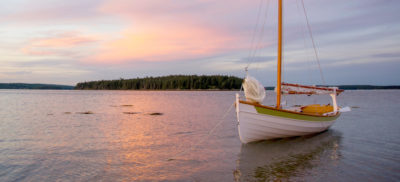
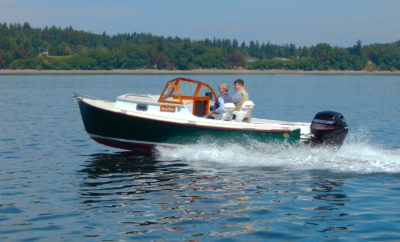
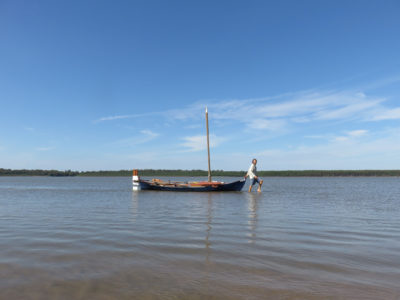
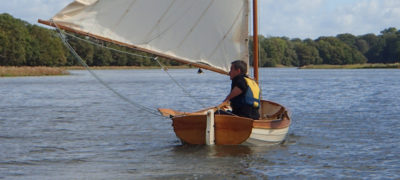
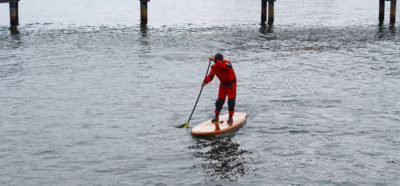
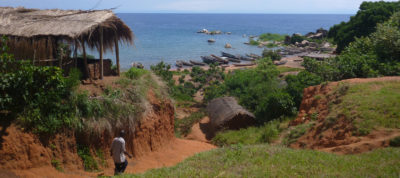
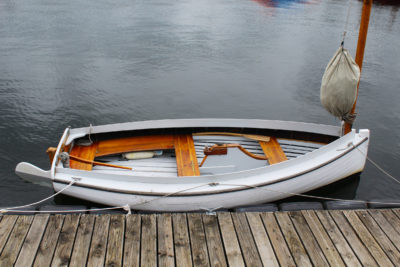
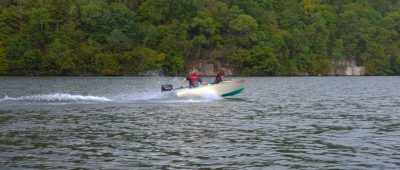
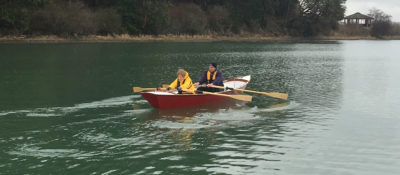
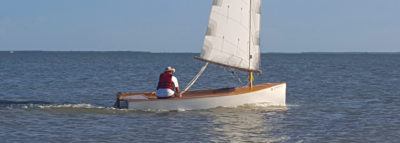
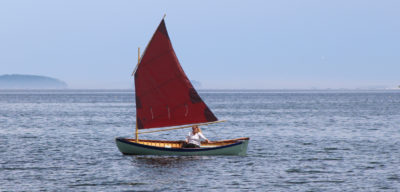
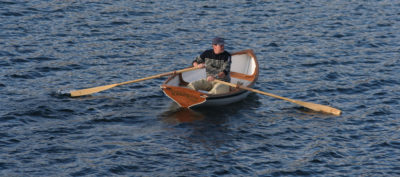
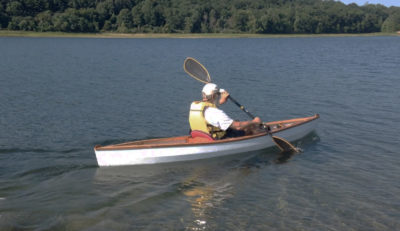
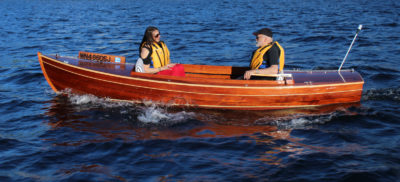
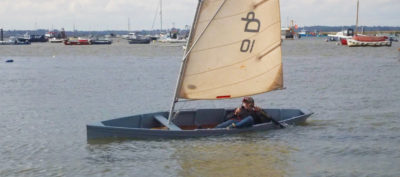
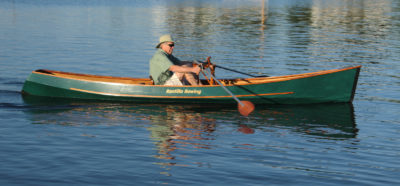
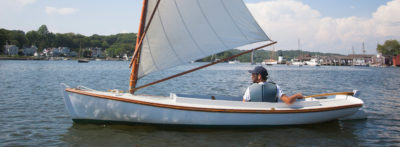
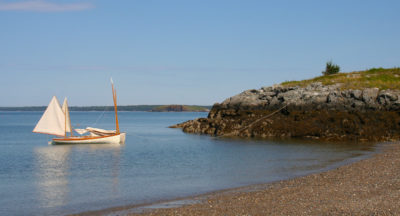

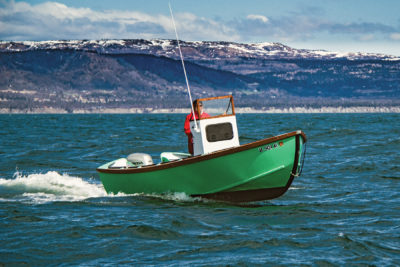


Great article, Josh. It’s a handsome boat and I particularly liked your color choice for the hull. The boat’s design is the epitome of a Maine/New England small craft. It has graceful lines and looks like it handles well with a sail rig. I appreciated the video that was included with the article, as it’s always wonderful to see these boats in action. Thank you.
I took a course at WoodenBoat School last summer taught by Sam Temple (Joel White’s grandson) in which we built most of a Maine Coast Peapod. By the end of our second week we’d hung the seventh plank. The same course is being offered next August, and the plan is to finish off last year’s boat while also beginning another. One point of interest: Joel’s plans do not, in fact, call for the use of butt blocks, as Josh claims. Instead, they provide full-scale patterns for what Joel calls “belt frames,” i.e., two frames located at stations three and four that are significantly wider (2″) below the thwarts than the other frames (1/2″). These wider frames serve much the same purpose as butt blocks, but result in a much cleaner looking interior. The use of belt frames also saves time over the course of a build. In practice, belt frames are a simple and elegant solution to “messy” butt blocks. As Joel writes on page two of the plans: “Planking – 1/2″ cedar, ten strakes per side. Garboard and next five strakes are butted alternately fore and aft on belt frames. Last four, including top strake, which is lapstrake, are full length without butts.” Sam Temple pointed out during our course that alternating between just two belt frames technically violates the “rule of threes,” but that it doesn’t matter in a boat the size of the Maine Coast Peapod. He also suggested that Joel White was not the first to make use of belt frames and that Brooklin, Maine peapod builder extraordinaire Jimmy Steele used them as well.
It would be great to see at least the young members of the family wearing PFDs. Do you not believe in them?
You’re quite right that the child should be wearing a PFD. State law in Maine, as in many other states, requires children under the age of 10 to be wearing “at all times on all watercraft.” I should have at least stated that when choosing to publish the photo. I did question the author about the safety concern and wanted the caption to make it clear to readers that the boat was very near shore. The bottom is visible in the photo, indicating the water was quite shallow. Even so, the law’s requirement and the prudent thing to do is to have children wearing PFDs.
Christopher Cunningham
Editor, Small Boats Monthly
I usually put in at least two rowing stations, one forward, one amidships (or close) so the boat will balance well under several circumstances. With just two aboard, the forward rowing station allows the boat to balance better fore and aft. I even did this with my Nutshell 7’6″ version. My 17′ faering has three stations. The extra stations are easy to install and pay big dividends. The forward station would eliminate that problem of the bow out of the water shown in the video. That is a very pretty boat, and moves well. You have built yourself a lovely craft.
These small ‘pods are sensitive to weight distribution. Generally’ when there are two rowing stations, the forward one is for trim when carrying a passenger, the midships one is for solo rowing.
Fourteen feet is at the small end for a working double ender (“peapod” came along as a name once summer people came to Maine). Most were 15′ and had quite hard bilges to make them stable for trap hauling where you could roll the boat down taking up on the warp then roll it back to help the lift. And as work boats, if they had rigs, they were simple loose-footed sprits. Boomed sails make trimming much easier on double enders.
Sockets for standing locks were usually place about amidships, aft of the aftermost rowing sockets and were 8″ to a foot high, They could be removable oak stanchions with sockets mounted on the top, pipe and oarlock affairs or special cast bronze ones which Walt Simmons can supply.